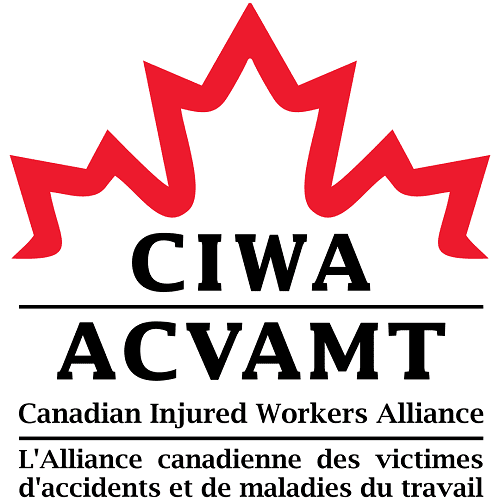AssessMed: A Comprehensive Guide to Independent Medical Evaluations. Understanding the Role of AssessMed in the Medical Evaluation Industry Have you ever wondered how injured workers receive an unbiased medical evaluation? Or how insurance companies and law firms manage their claims cases with ease? The answer lies with AssessMed, a leading provider of independent medical evaluations […]
Author: CIWS
Lawyer Sarah Shartal has launched a class action lawsuit on behalf of 230,000 disabled Ontarians caught in bureaucratic quagmire Thanks to a feisty lawyer, a sympathetic judge and two brave plaintiffs, the government of Ontario may finally be held to account for the way it treats the province’s poorest, sickest citizens. The lawyer is Sarah […]
Independent Medical Exams
While most of the thousands of independent medical exams conducted each year are professional and impartial, the field is tarnished by the few substandard assessments that fuel controversy and acrimony TORONTO | “I have seen the worst side of medicine,” says Melissa Felteau, a Thunder Bay, Ont., resident who was in a car accident in […]
Darrell Powell has worked to bring attention to WCB as a negative social determinant of health and has brought this issue to the attention of the Canadian Senate Darrell Powell is an influential figure who has tirelessly worked to shed light on the impact of the Workers Compensation Board (WCB) on health outcomes, particularly emphasizing […]
Canadian Injured Workers Compensation
Unraveling the Complexities: An In-Depth Look into Law Court Decisions and the Workers’ Compensation Board Ever wondered about the intricacies of law court decisions involving the Workers’ Compensation Board (WCB)? These decisions have a profound impact on the lives of injured workers, employers, and even the general public. If you’re as intrigued as we are, […]
Lawyer Injury Near Me: Find Top-notch Injury Lawyers in Canada! Get Expert Legal Help & Maximize Your Compensation. Your Ultimate Guide to Injury Claims When you’re searching for a “lawyer injury near me” in Canada, there’s a lot to consider. This guide will break down the basics, highlighting the importance of localized legal help, how […]

The Canadian Injured Workers Alliance (CIWA) is a national network of injured workers groups dedicated to supporting and strengthening the work of local, provincial and territorial injured workers organizations. We exist to support injured workers and improve the health and safety of workers across Canada The Canadian Injured Workers Alliance (CIWA) is a Canadian charity […]